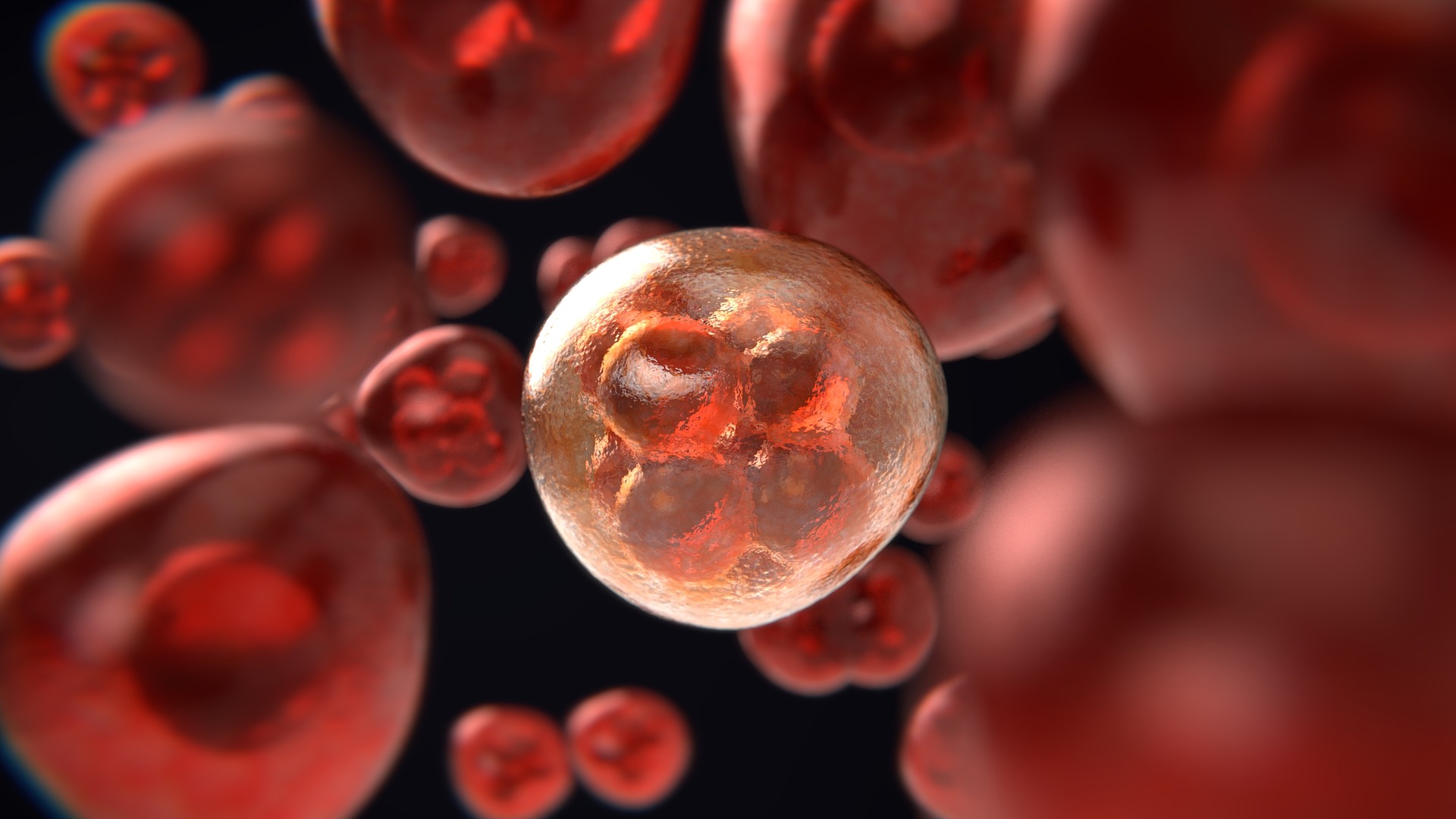There are many factors that can lead to the development of cancer. One of the most common causes is when cells acquire mutations, or changes to the genetic code, that make them more prone to dividing and replicating uncontrollably. This constant cell division produces a build-up of cells that then forms a tumor. During the process of cell division, the entire genome (all the genetic material in a cell) is replicated to ensure each new cell contains a complete genome; however, this process does allow for errors to be introduced. All of our genetic material is tightly coiled and packed in a structure called a chromosome that is found in the nucleus. Chromosomes breaking apart and undergoing massive mutative movements is a large abnormality in genome replication that is associated with cancer development. Researchers from the University of California, San Diego have studied the influence of chromosomal breakage and how that can fuel cancer development and make cancer cells more resistant to drug therapies.
From their experiments, the researchers were able to further investigate how the process of chromothripsis affects chromosomes. This process refers to the breaking of chromosomes into many different pieces. In response to this event, the cell will work to rebuild the shattered chromosome; however, there are many errors present due to the pieces being put back together in a random order, resulting in a permanent disruption in chromosome order. Genes are arranged in a specific order in a chromosome and thus rearranging the order of the genes is an unfixable event that results in severe consequences. The researchers found that these mutated chromosomes were vulnerable to more mutations and rearrangements that eventually pushed them to become cancerous.
A depiction of a chromosome. During the process of chromothripsis, a chromosome is broken into many pieces and then put back together as best as possible, resulting in many mutations and the rearrangement of genes.
Image Source: Science Photo Library
Further analysis of cells that have undergone chromothripsis showed that these cells are often drug-resistant and unresponsive to drug therapies used. The researchers found that the rearrangement of the chromosomes leads to the formation of extra genes that are very active and protect cancer cells from drug therapies. These extra genes are contained in a chromosome outside of the initial one it was located in (referred to as a circular extrachromosomal DNA). Therefore, when treatments like chemotherapy or radiation are used, these extra copies can insert themselves into the chromosomes and protect the cancer cells from becoming unstable or dying.
This research is significant in helping to understand the driving forces of cancer growth and development. In many cases, cancers are resistant to differing therapies, which only makes them more lethal and difficult to treat. Understanding chromothripsis and applying it to patients can help doctors better understand the genetic mutations that are taking place. Using genetic sequencing, doctors and researchers can identify whether or not chromothripsis has taken place and it can help increase diagnostic abilities. This can enable doctors to make more strategic decisions and work to focus on trying to focus on ways to repair and stabilize the disrupted chromosome to prevent further mutations from occurring. With more accurate and precise treatments, doctors can better target a patient’s cancer, hopefully increasing survival rates and lessening the time people spend battling this devastating disease.
Featured Image Source: ColiN00B










